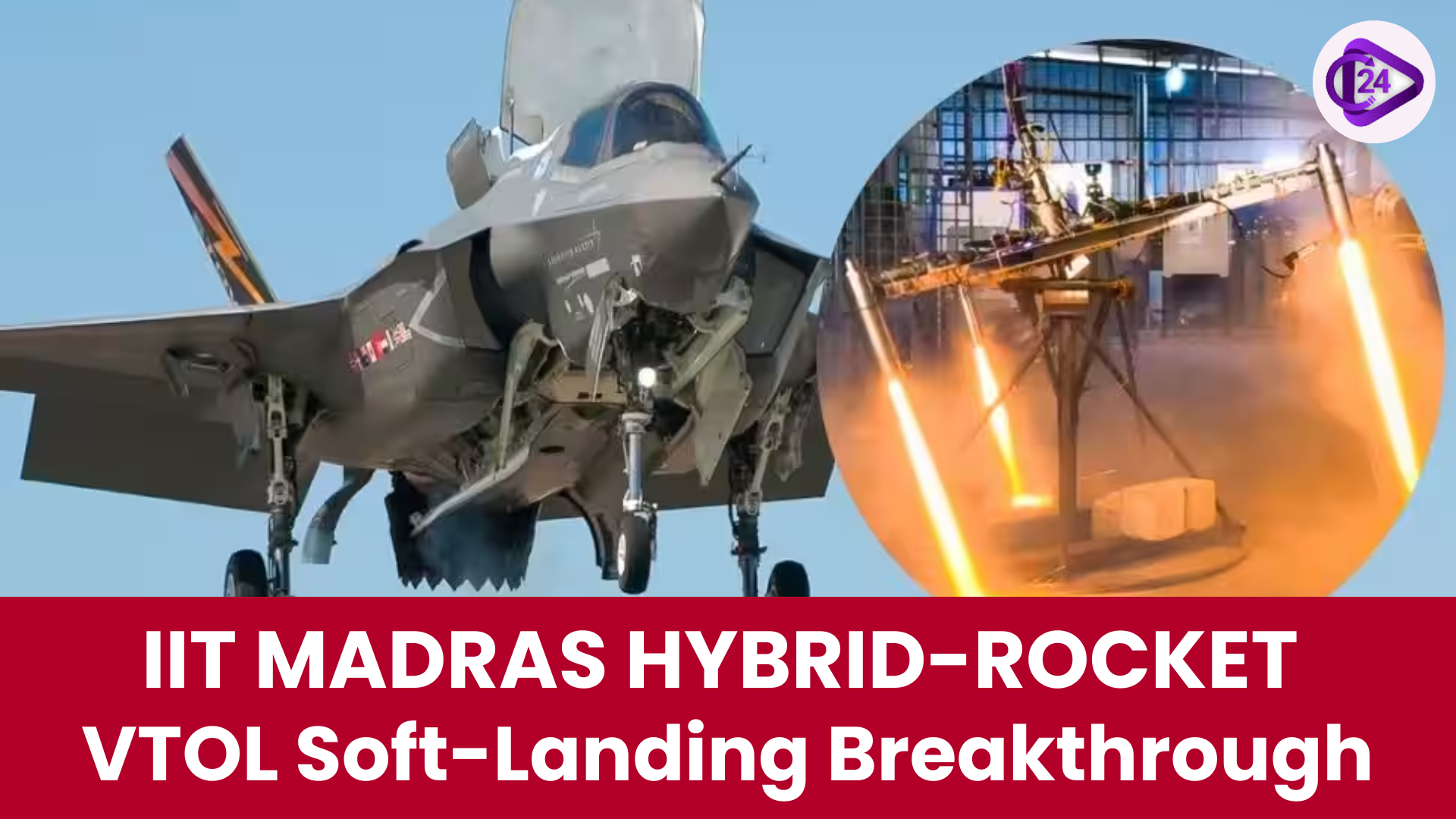
IIT Madras researchers have made a breakthrough in the vertical take-off and landing (VTOL) technology by being able to couple a live hybrid-rocket-based thruster with a real-time simulator to prove controlled descent and soft landing. Its innovation employs a hybrid propulsion system, the solid-fuel and liquid/gaseous oxidiser, to provide throttle-control, restartability, and simple design, which would allow landing (precisely) at low altitude. Having been proven through hardware-in-the-loop simulation, the VTOL platform is a milestone for aircraft and planetary-probe missions in which safe touchdown during hover is essential and runway-free operation is required.
Highlights the Fact of Hybrid Rocket VTOL
-
IIT Madras scientists demonstrated, Vertical Take-Off and Landing (VTOL) system was also demonstrated with the help of a high-tech hybrid-rocket thruster.
-
The propulsion system is capable of mixing solid fuel with a liquid or gaseous oxidiser that allows throttle control, restartability, and improved safety.
-
The system reached a touchdown of 0.66 m/s, demonstrating the efficiency of soft-landing.
-
The hybrid-rocket VTOL is a cheaper, safer, and easier alternative to the normal liquid engine.
-
It preconditions the landing missions to planets and aircraft work without runways in difficult terrains.
Journey of IIT Madras
-
In 1959, the Government of India, with the technical assistance of Germany, founded the IIT Madras.
-
In 1961, an Act of Parliament made it an Institute of National Importance.
-
The institute occupies a campus of 250 hectares in Chennai, Tamil Nadu.
-
IIT Madras has 16 academic departments and a number of interdisciplinary research centres, which are performing best in engineering, science, and innovation.
Conclusion
This is a significant milestone in the field of aerospace innovation with the successful launch of the first Hybrid-Rocket VTOL in India by IIT Madras. This is an innovative step that shows that India is becoming an increasingly capable country in the field of high propulsion and autonomous landing technologies. It prepares the path to future runaway aircraft, space missions, and planetary landers, which illustrates the leadership of IIT Madras in the state-of-the-art scientific research and engineering standards.



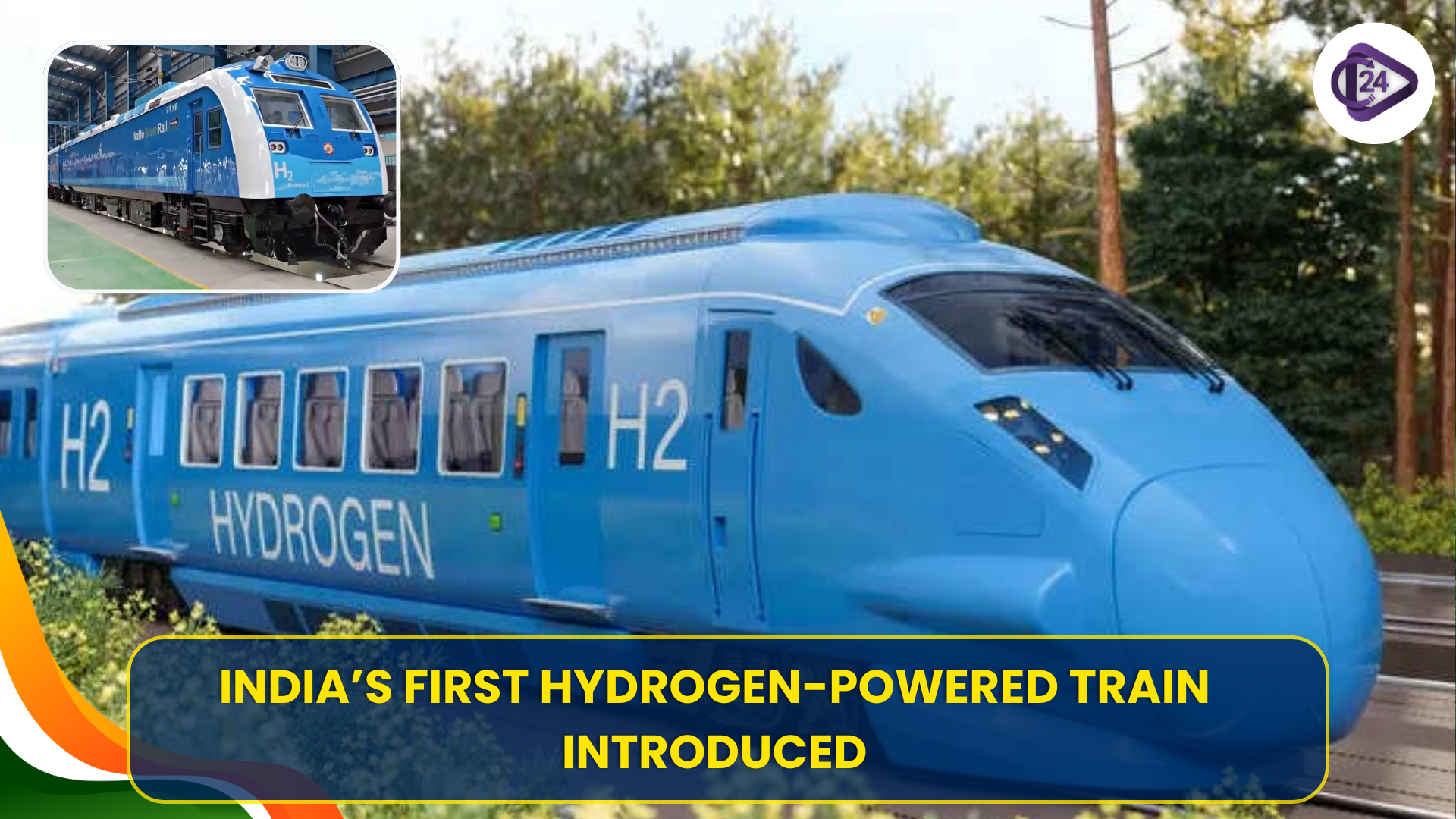 India's First Hydrogen-Powered Train Coach Successfully Tested at ICF Chennai
India's First Hydrogen-Powered Train Coach Successfully Tested at ICF Chennai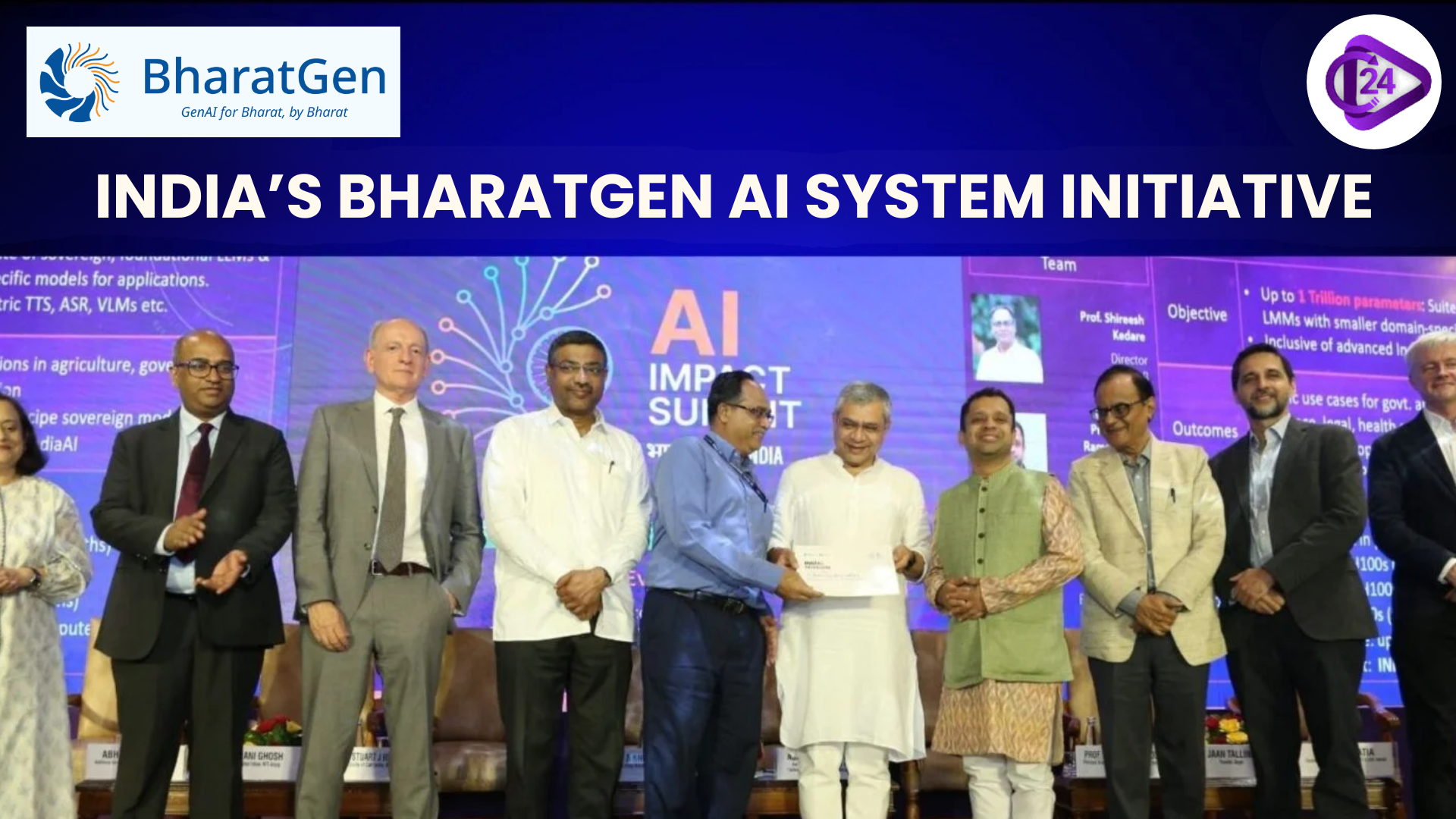 India’s BharatGen AI System Initiative
India’s BharatGen AI System Initiative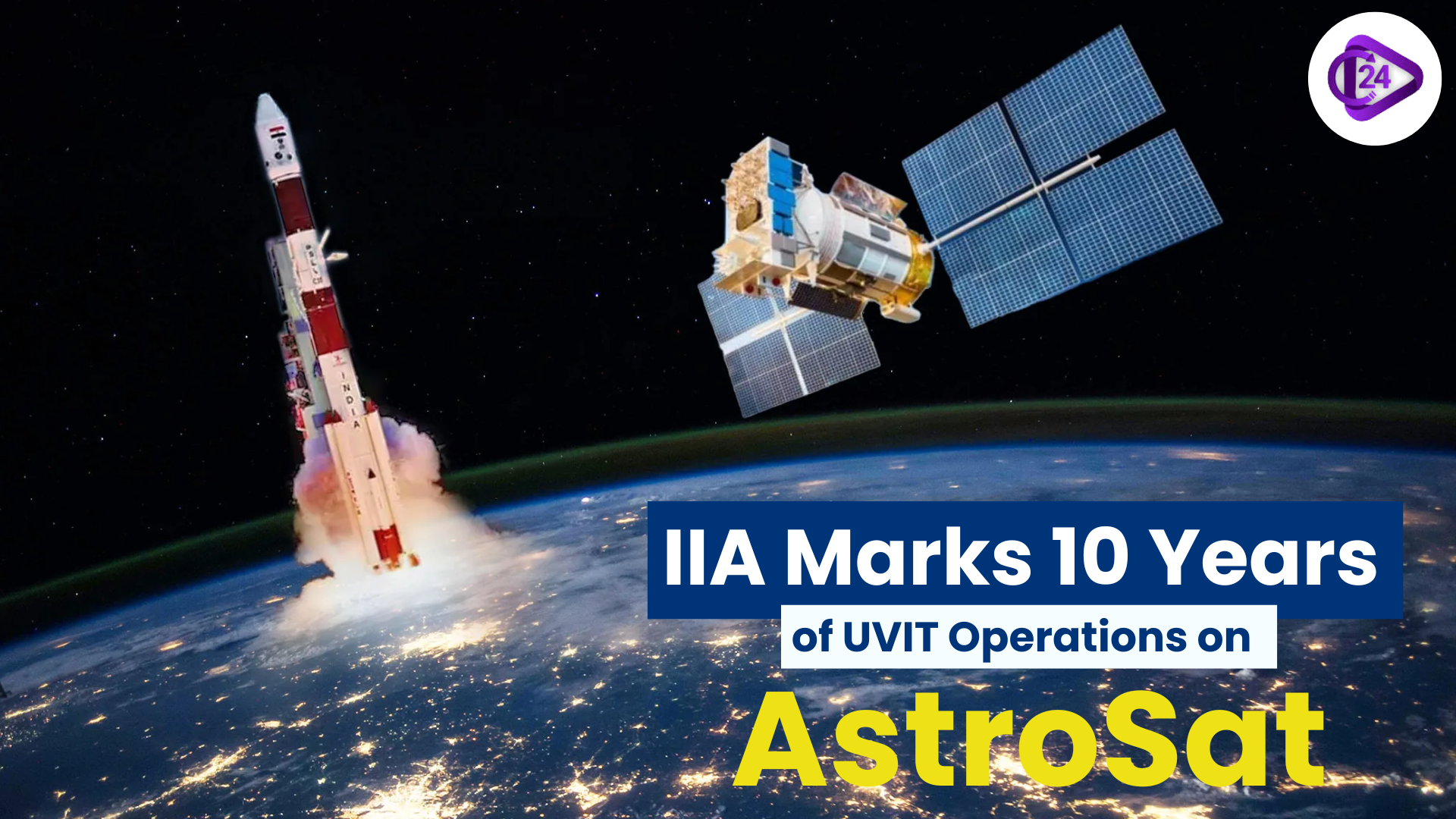 IIA Marks 10 Years of UVIT Operations on AstroSat
IIA Marks 10 Years of UVIT Operations on AstroSat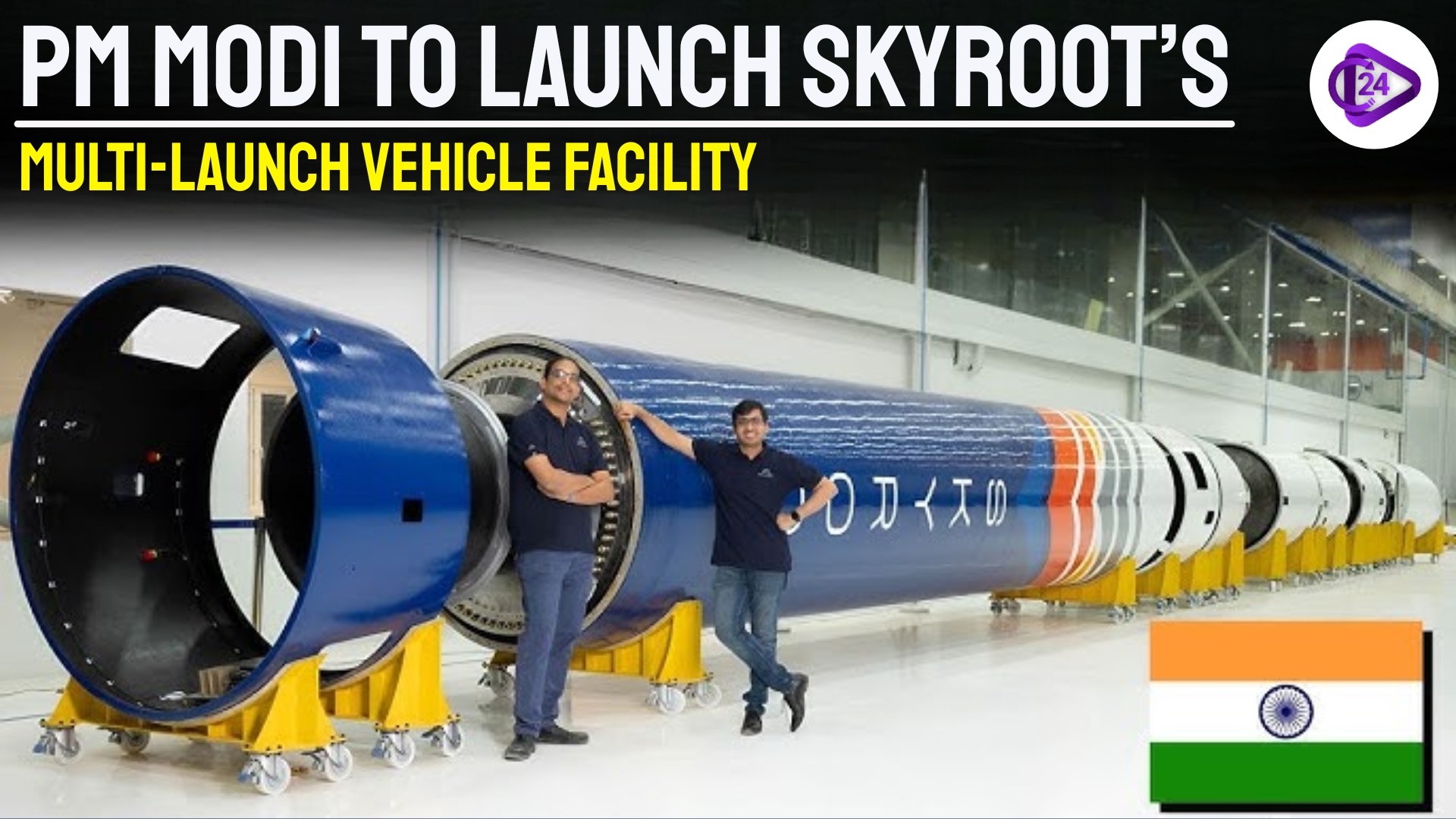 PM Modi to Launch Skyroot’s Multi-Launch Vehicle Facility
PM Modi to Launch Skyroot’s Multi-Launch Vehicle Facility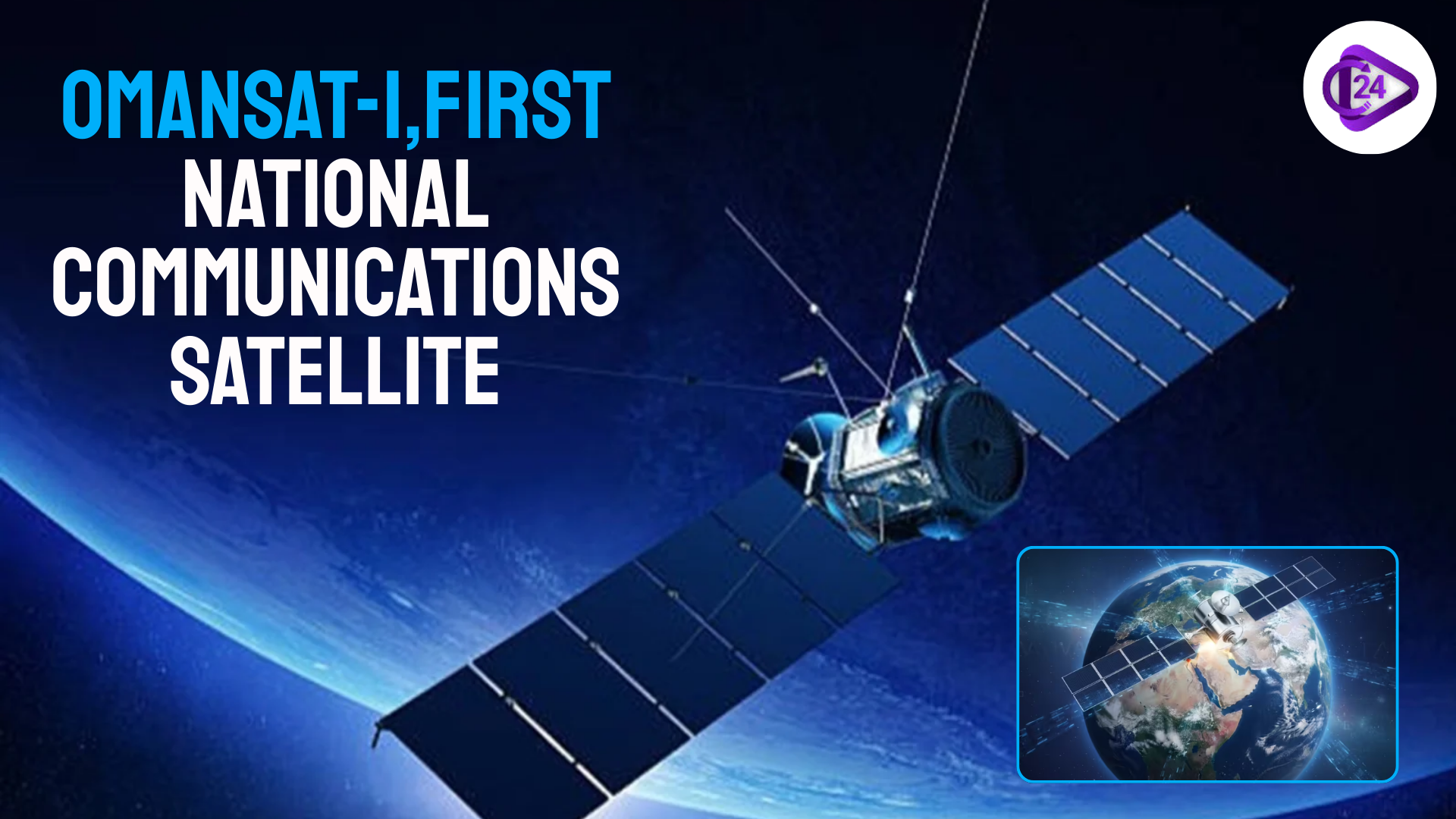 OmanSat-1 Oman’s First National Communications Satellite Launched Successfully
OmanSat-1 Oman’s First National Communications Satellite Launched Successfully India’s First Commercial PSLV to Propel Oceansat into Orbit Early Next Year
India’s First Commercial PSLV to Propel Oceansat into Orbit Early Next Year India’s First MWh-Scale Vanadium Redox Flow Battery Inaugurated at NTPC NETRA
India’s First MWh-Scale Vanadium Redox Flow Battery Inaugurated at NTPC NETRA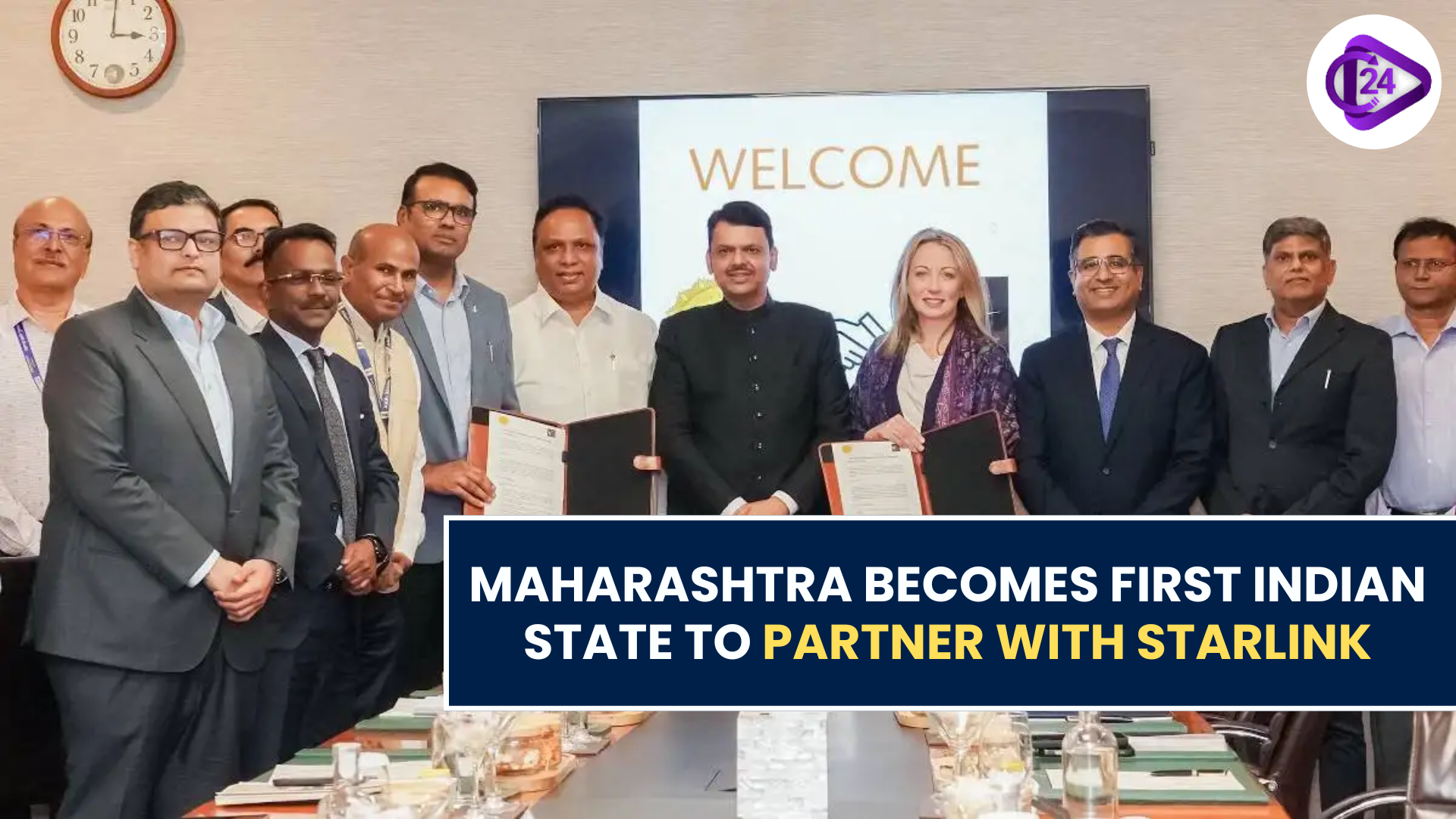 Maharashtra Becomes First Indian State to Collaborate with Elon Musk’s Starlink
Maharashtra Becomes First Indian State to Collaborate with Elon Musk’s Starlink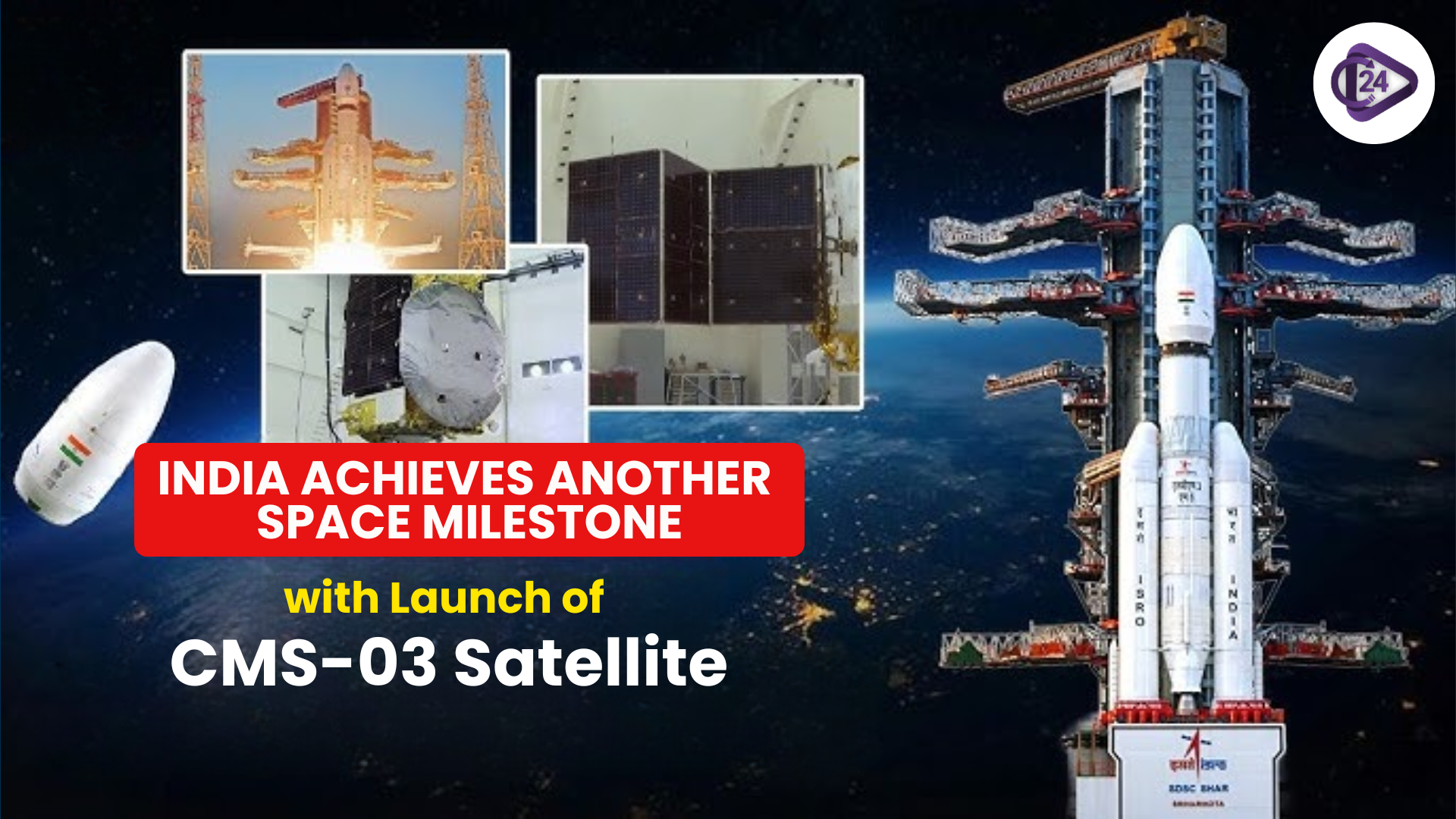 ISRO’s Bahubali Rocket Successfully Launches India’s Heaviest Communication Satellite CMS-03
ISRO’s Bahubali Rocket Successfully Launches India’s Heaviest Communication Satellite CMS-03






